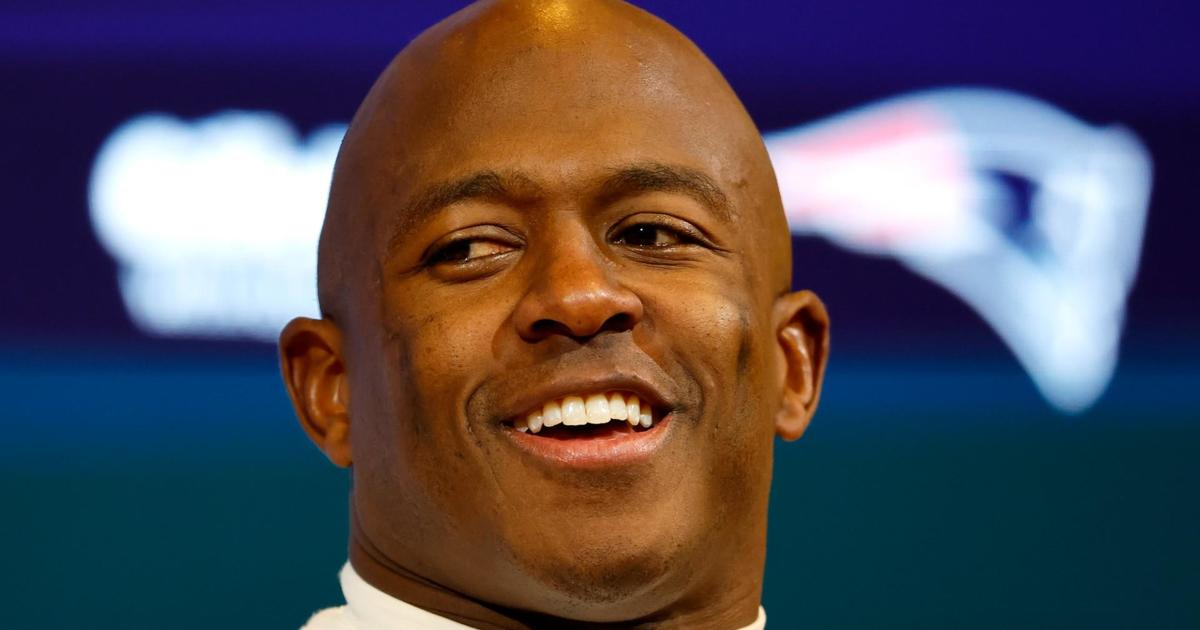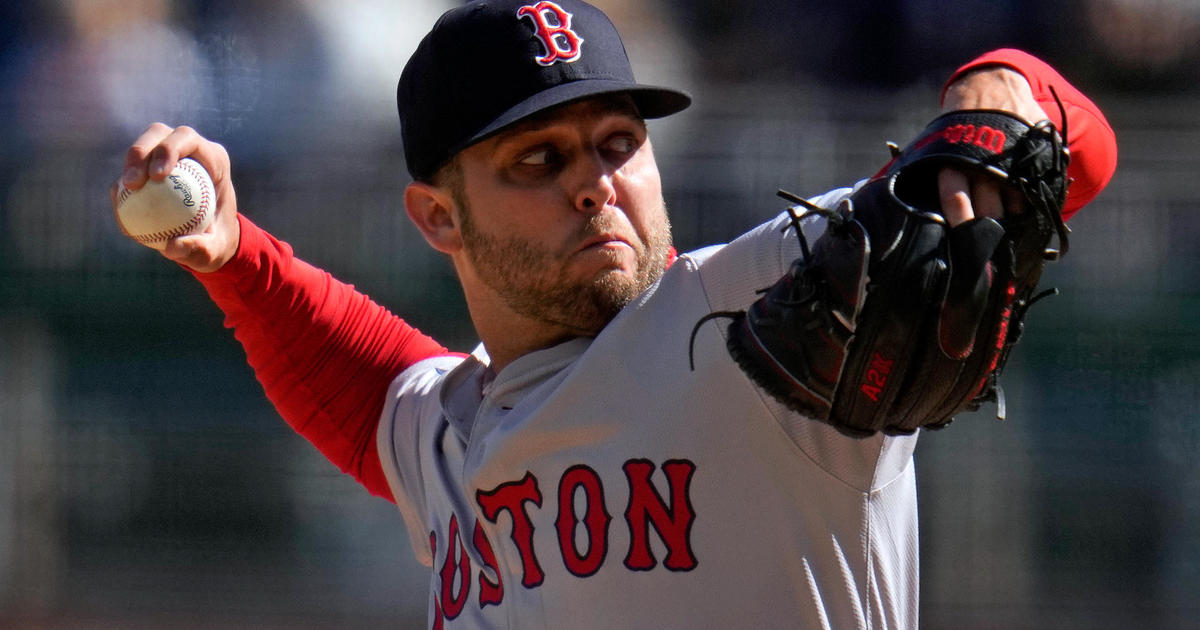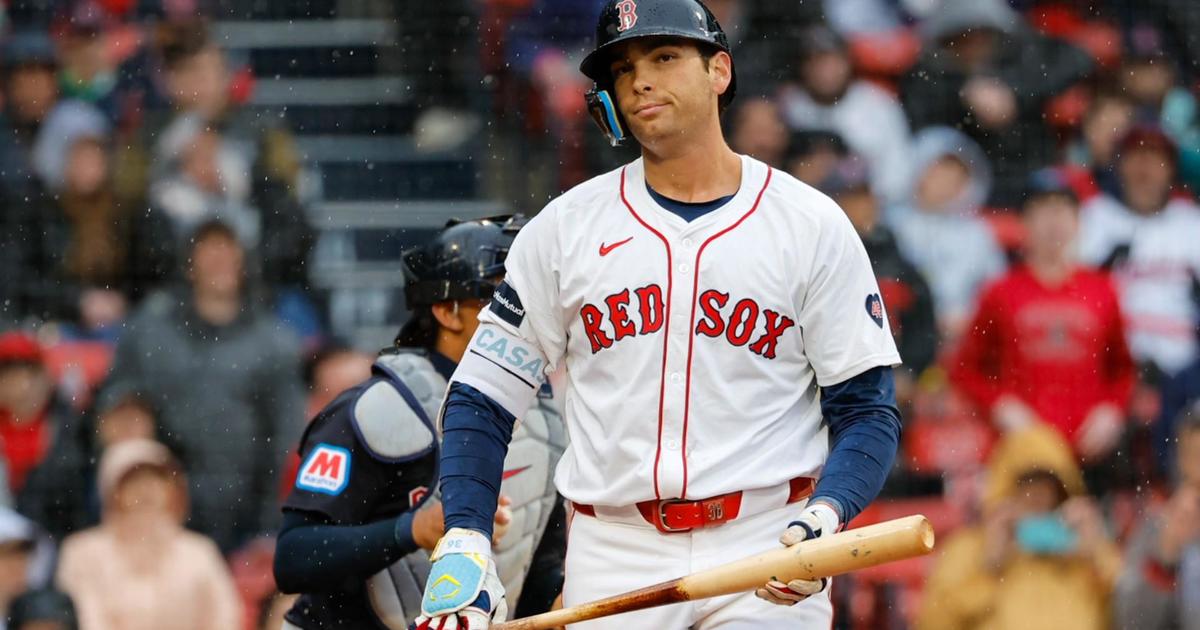Hurley: NFL's Terrible Rule For Blindside Block Appears To Be A Major Problem
By Michael Hurley, CBS Boston
BOSTON (CBS) -- Outside of some guys getting hurt and other guys playing for and losing roster spots, the preseason doesn't matter. It's just exercise. At the risk of sounding like a complete millennial, they shouldn't even bother keeping score.
Or at least, that's supposed to be the cause. It's not now, though, because this year's preseason has exposed a major flaw in the NFL's rulebook. And if the rule will continue to be applied through the regular season and playoffs, it's absolutely going to ruin an important moment in an important game, leaving fans and players mystified as to what they just witnessed.
No, it's not the new rules for pass interference review (rules which, despite the initial pandemonium, appear to have not ruined football as we know it). This has to do with the league's crackdown on "blindside blocks." It first cropped up in the Texans-Lions preseason game a couple of weeks ago, and it reared its ugly head once more on Thursday night in Foxboro.
This one came late in the second quarter, when rookie Patriots quarterback Jarrett Stidham scrambled to his left and gained 11 yards before stepping out of bounds. Receiver/kick returner/punt returner/defensive back/local legend Gunner Olszewski had been running his route up that same left sideline before noticing the quarterback taking off. So Olszewski did what an Olszewski is supposed to do. He blocked.
Olszewski blocked Terrell Sinkfield, getting the Giants cornerback pretty good in the chest. Sinkfield went down.
So Olszewski did what an Olszewski is trained to do. He went hunting for more.
The rookie sensation (who might not make the team) saw Giants linebacker B.J. Goodson in pursuit of Stidham. Olszewski saw this and then stepped in front of Goodson, thus clearing a lane to the sideline for Stidham to safely escape out of bounds.
Olszewski squared up with Goodson from 5 yards away. Despite a 50-pound difference (!!!!) Olszewski decided to throw his body in front of Goodson's. For that, Olszewski paid the price, getting smashed to the ground, all in the name of doing what an Olszewski was born to do: block upfield.
Alas, the pain inflicted upon Olszewski was twofold in this instance. For one, he had been blasted by a linebacker, which never tickles. But worse yet, he was penalized 15 yards for delivering a "blindside block" on an opponent.
What in the wide world of sports is that supposed to mean? The two players were staring at each other.
The NFL instituted this new rule, defining a blindside block as any play when "a player initiates a block in which he is moving toward or parallel to his own end line and makes forcible contact to his opponent with his helmet, forearm, or shoulder."
Let's break that down, starting with the last part: "forcible contact to his opponent with his helmet, forearm, or shoulder." That is a long way of saying "delivering a block." You can't block an NFL player without delivering forcible contact using your forearm or shoulder, at the very least.
So, scraping away the extra language, the illegal action is a block.
Now the first part: "he is moving toward or parallel to his own end line." That is to say, football players now are only allowed to deliver blocks if they are running toward the opponent's goal line. Any side-to-side movement or movement back to the line of scrimmage cannot lead to a block of any kind.
You realize how insane this is, yes?
(In perfect NFL form, the league used clips of plays that were already penalties last year in order to explain their new rule. Too perfect, really.)
In order to follow the rules, Olszewski would have had to run back from the 20-yard line to the 25-yard line, then burst forward to block Goodson while running toward the Giants' end zone, which apparently in the league's eyes would be safer for all involved parties.
The rule stinks, and the fact that it took Ronald Torbert and his crew a full minute to discuss the penalty after the flag flew speaks to its stench.
While yes, obviously, it is ideal for a league that purports an interest in player safety to do its best to eliminate guys getting unexpectedly earholed from the sport, this is not how to accomplish that goal.
In fact, the two spotlighted instances of this rule being enforced this preseason actually work to encourage potentially damaging hits to be delivered on quarterbacks. In the Lions' instance, the lineman was told that he can't block a pass rusher while the quarterback is in the pocket. If an offensive lineman spends even a fifth of a second thinking about this instead of protecting his quarterback, the result could be catastrophic for his quarterback.
And in this instance, if Olszewski doesn't step between Goodson and Stidham, then what you might have had a backup Giants linebacker crushing a rookie quarterback on the sidelines of a meaningless preseason game. Surely, Olszewski sliding between the two players ensured a safer result for everybody but Olszewski himself.
After this one was enforced, field judge Ryan Dickson was seen on the sidelines getting an earful from Tom Brady. And then Julian Edelman. And then Bill Belichick.
None of these men -- with 76 years of NFL experience and a gaggle of Lomboardi Trophies among them -- could understand what rule had just been enforced in the middle of a football game. They were stunned to see that, apparently, blocking is illegal.
Again, to reiterate, this was the preseason. Nobody cares about the drive or the impact or the enforcement from that sense.
That just means it's a perfect test tube for rules to be evaluated and judged for how they could impact real games. And there's absolutely no doubt at all that this rule change has the potential to really ruin a lot of Sundays for a lot of people if it's not amended quickly.
You can email Michael Hurley or find him on Twitter @michaelFhurley.




